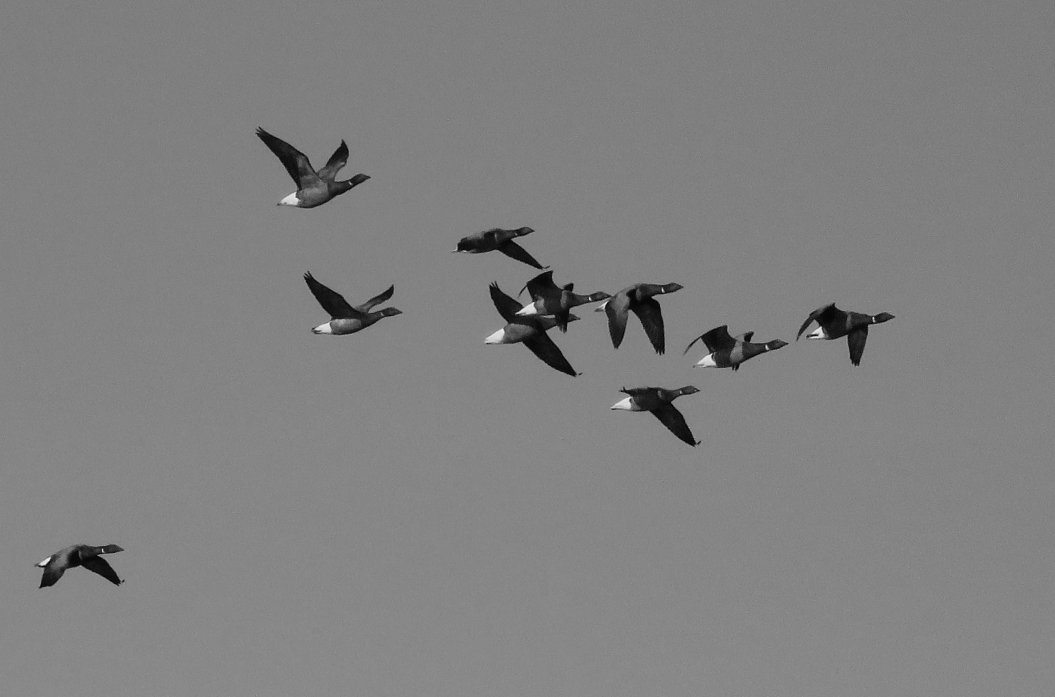You can view this information in two different ways. Our alphabetical list provides information on the status of each species within the harbour, finder dates and names, photos and favoured locations. By clicking on the Systematic List button you will be presented the full Poole Harbour systematic list which includes status of species, pending records and historical accounts.
To date, 333 species have occurred and have been accepted within the Birds of Poole Harbour boundaries. A further 11 distinct subspecies have also been seen. In addition, we have two species/subspecies which have been recorded, but are awaiting acceptance by the appropriate records panel.
There are a handful of historical records, for which there is currently insufficient information to allow their inclusion onto the Poole Harbour list, but are believed to be genuine records. They are listed at the end of the list.
Finally, there are a number of feral or escaped species that have been recorded within the Birds of Poole Harbour boundaries. They are included for completeness, but are not included on the Poole Harbour list.
We would be interested in hearing details of any species that do not appeared on this list.
The Birds of Poole Harbour systematic list is a PDF which you can view by clicking on the button below. It was last updated on December 2019.
Full Poole Harbour Systematic List
Branta bernicla
Passage Migrant & Winter Visitor
Poole Harbour is Nationally important for this species, which arrive in October, feeding all around the harbour. They sometimes linger into the spring and during 2001, 2002, 2016 and 2017 (presumably sick) birds spent the summer in the harbour. Some idea of the numbers of Brent Geese that used to visit the harbour is conveyed by entries in Colonel Hawkers diary “the geese were in tens of thousands” in 1814 and “immense numbers” in 1823. Payne Gallwey, writing in 1890, commented on the rows of gunning punts on the beach and described Poole Harbour as being “one of the best grounds for wildfowl in the kingdom”. The birds started to disappear from the 1930’s and while the decline through parasitic micro organisms of the eel grass Zostera marina, their favourite food, may well have been a factor, hunting was probably to blame. By 1962 Alan Bromby, of Brownsea Island, wrote in Birds of Dorset that he was only counting “up to four in the harbour during January and ten there on 27th December.” By 1967 Dixon commented that “ the Brent Goose that was once common now only arrives in two’s and three’s as an occasional vagrant.”
Then as conservation bodies increased their control and shooting declined numbers started to rise again. By 1974 Tony Wise said, “the winter flock had reached 250 birds. In 1983 numbers had reached 550- 1,000 birds and between 1,300-1,700 birds during the 1990s. Enteromorpha and Ulva are the most important food sources
Now the best place to see the largest flocks are at Middlebere, Newton Bay and Baiter. Smaller flocks are at Evening Hill (where the last of the harbours zostera still grows), Studland Bay where some of the earliest returning migrants occur, and Brands Bay . The harbour maximum is of 2442 in January 2018. Birds often pass Branksome as the commute to and from other local feeding areas or are migrating to or from the Arctic where they breed.

© 2025 Birds of Poole Harbour Registered Charity No. 1152615